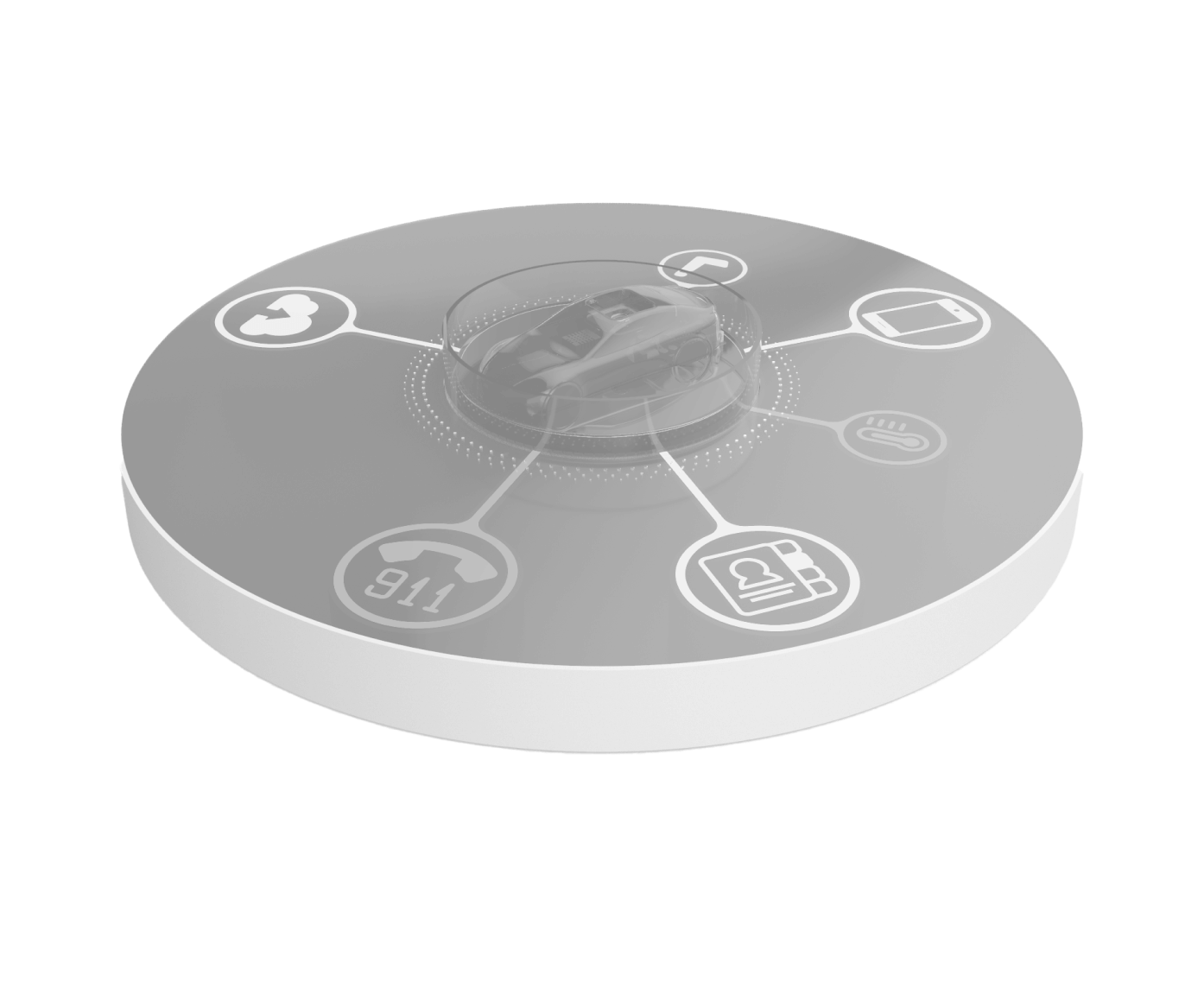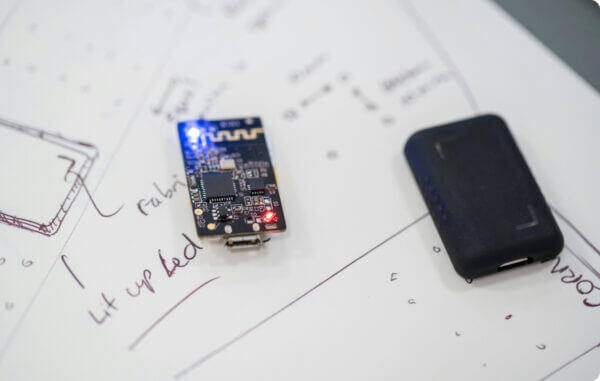Electronics and IoT

Innovating IoT and Connected Devices for our interconnected world

We use the latest technologies to help you create the next generation of connected electronic devices
Internet of Things (IoT) describes the capability of an electronic device to connect, communicate, and exchange data over the Internet. Some common examples of IoT devices include at-home products like Amazon Echo, security cameras, as well as wearable devices like the Apple Watch. By the end of 2016, there were over 17 billion IoT devices in the hands of consumers worldwide, and that number has increased dramatically in the last decade with nearly no end in sight. Today, IoT encompasses a huge market of smart devices that integrate Artificial intelligence (AI). At Kickr, our team of expert engineers knows exactly how to transform your product into a high-tech, connected device so you can take advantage of this growing market.
Key aspects of IoT devices
A sensor can refer to any piece of hardware that translates physical activity into real-time digital data for processing, and they are found in nearly every IoT device. Sensors allow IoT devices to monitor and gather data on their own without user intervention, making our lives easier. For instance, the Apple Watch includes motion sensors to monitor the number of steps you take each day so you don’t have to count them yourself! Some more examples of commonly used sensors are cameras, microphones, thermometers, and pressure sensors.
Most IoT devices include wireless communication technology like Wi-Fi, Bluetooth, and ZigBee to connect to send and receive data over the internet. For example, when you ask Siri a question on an Apple Watch, it uploads the audio recording of your voice and downloads its processed response to the watch, and all of this can be done over a wireless network! Kickr has experience in developing hardware and software solutions for virtually every wireless application, and your products developed with us will have the same performance as today’s top IoT devices.
Processing and analyzing data like Siri queries or video streaming requires substantial computing power. By connecting to the Internet, IoT devices do not need to store or process any of the data themselves. Instead, they send data to remote servers where it can be stored, analyzed, and sent back to your device to deliver the processed response, lowering the complexity and cost for consumers. With internet communications getting faster every day, the entire process of gathering, sending, and receiving data can happen in a fraction of a second. The Kickr software team is able to set up your cloud data storage and management systems so that your device can access the data it needs to make your product successful.
Some IoT devices, like the Amazon Echo, are powered from a wall outlet and can effectively remain on for unlimited amounts of time. Even these devices need careful consideration of power requirements, including hardware to enable sleep and wake-up modes (allowing the device to power down to conserve energy). Wearable devices, on the other hand, often need custom designed batteries to fit in unique housings (think about a smart-ring or even smart watch) – the device must be so efficient in its power usage that it only needs to be charged once per day. Specifying the correct power systems in all of these cases is critical to the function and success of your product! Kickr has experts in the battery design and power control space, allowing us to build robust, long-lasting IoT and connected devices.
Innovations we’ve been part of
Let’s bring your project to life!
Our team of engineers is here to help. We offer free consultations and estimates.
Fill out the form for your free cost estimate.
"*" indicates required fields

